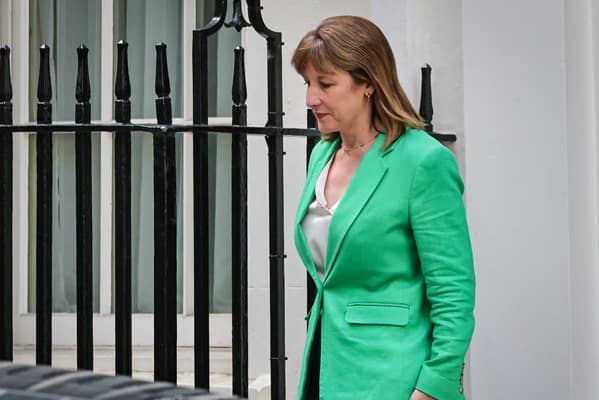The additional money from Value Added Tax (VAT) on private school fees is only a drop in the £50bn fiscal black hole, say leading audit, tax and business advisory firm, Blick Rothenberg.
Fiona Fernie, a Partner at the firm, said, “Government figures suggested that VAT on private school fees would raise an extra £460m in the 2024/25 financial year, rising to £1.7bn by 2029/30, which is nothing compared to the £50bn that is needed.
“In comparison, £28.1bn per year is currently lost to the Exchequer as a result of small businesses failing to pay the correct amount of tax.
“It is likely that the Government’s forecasts of what will be raised from VAT on private school fees has been overblown.
Read more related news:
Labour taxing education ‘is a bridge too far’ as over 50 private schools close
“Many of the wealthiest chose to pay their children’s private school fees in advance of the VAT implementation deadline. The level of prepaid fees last year in the top 50 private schools was 4.25 times the level in the previous year.
“In addition, if schools are subject to output VAT, they can reclaim input VAT on items such as capital expenditure on buildings which reduces the income to the Exchequer.
“The Chancellor, Rachel Reeves, stated that the policy would target the wealthiest families in Britain, but this doesn’t reflect the facts.
“The less well-off also send their children to private schools and there are very wealthy families who have either purchased housing in the catchment areas for the best state schools or who pay for private tutoring alongside sending their children to state school.”
She added, “The less well-off will struggle the most. Many of them already make significant sacrifices to send their children to private school, sometimes because the state schools available to them are inadequate or cannot provide the specialist services required.
“They may be priced out of private schooling or see the schools they rely on close down.
“Although the Treasury states that it did factor some of the issues above into its predictions, it seems probable that the amounts involved have been underestimated both in terms of the use of prepayment schemes and in relation to the number of schools closing and pupils either re-entering or never leaving the state system.
“Some reports suggest that as many as 77 private schools have already closed or announced their closure and over 13,000 pupils have been forced to move out of private schools.”

